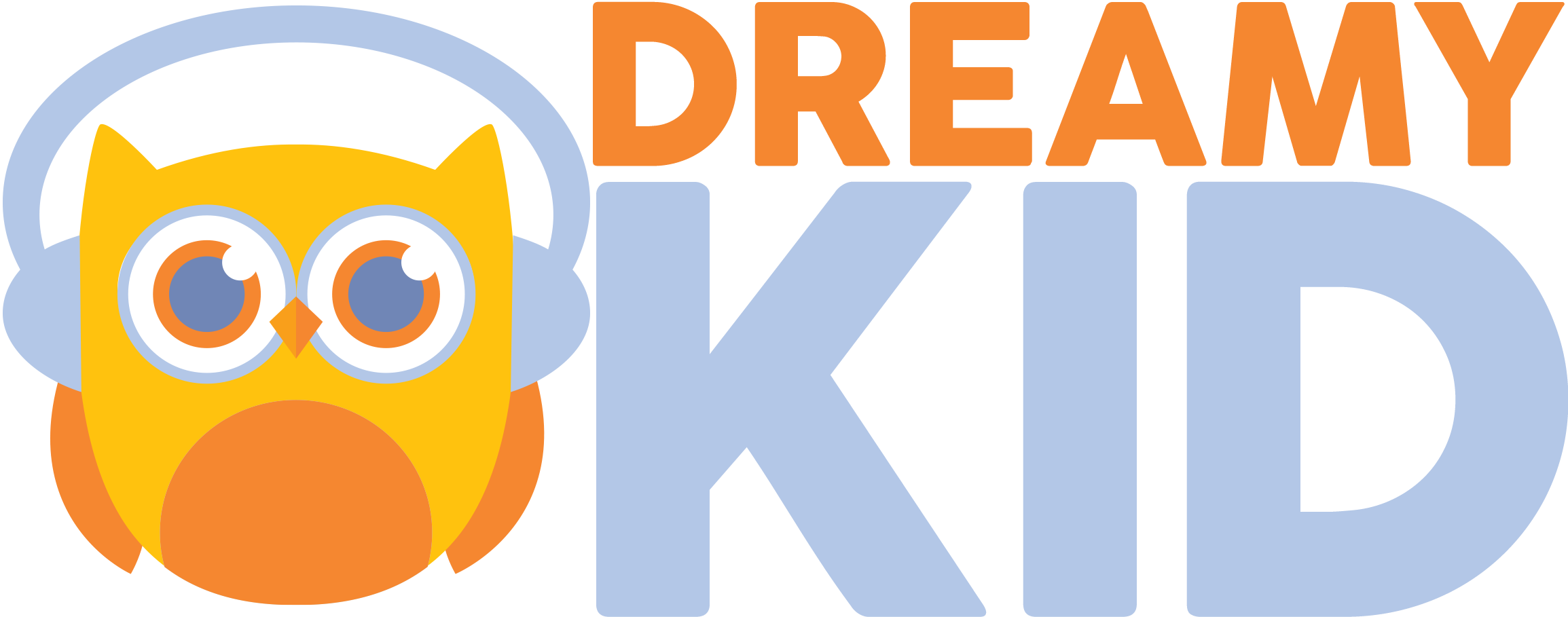Meditation can be considered everything from life changing to relaxing to just another new age fad. I fall into the camp of life changing, but does that mean that I think it is healthy for our children? How can they be ready for meditation when they can’t even sit still for five minutes? Children’s meditation is growing in popularity for many reasons. First of all, parents are beginning to accept and practice this age old tradition which puts the child in a position to see and emulate their parent’s actions. Second, with the increased cases of ADD, ADHD, and childhood aggression or complacency, meditation can play a vital role in the integration of these children back into their communities through better focus and connection. Lastly, meditation provides a family with a platform to communicate about important subjects with clarity and openness. These inner lessons will accompany the child throughout their adulthood.
It is important to remember that meditation itself is not a religious experience, but most every religion or spiritual practice does encourage a form of meditation. The most profound aspects of Buddhism, Christianity, Hinduism, Judaism and Islam all contain instructions for meditation. It differs from prayer in that prayer sets an intention such as forgiveness, hope or homage to something greater than us such as our family, our nation, the world or god. Prayer allows us to contemplate what is happening in life, and is a valuable practice. Meditation allows us to experience the source of our own thoughts and feelings which can be clarifying, relaxing and ultimately liberating.
There are many benefits to meditation, so I’ll just name a few in relation to children. Often, children experience an immediate increase in their ability to focus. Teachers notice the calmer classrooms and better questions from their students who actively engage in meditation. Toddlers learn through mimicking and can begin to take positive cues from adults who are meditating, leading to a better sense of calmness in the children. Other important benefits include higher self esteem, more decisiveness, better reading skills, more creativity and imagination, and closer relationships.
There are a few important guidelines when it comes to children’s meditation. First of all, parents must be actively meditating for their children to sustain a meaningful meditation practice. In my experience the model that I see set from parents is the strongest form of teaching to their children. Secondly, children don’t need to meditate as long as adults. Their attention spans are shorter and their worldview is less developed than adults. That being said, children can often get into meditation easier than adults because of their openness and innocence. Sarah Wood, author of Sensational Meditation for Children, recommends beginning meditation around the age of five years old.
An essential book to read before starting this process with your children is Baby Buddhas: A guide for teaching children meditation, by Lisa Desmond. There are some important guidelines to follow when working with children that are different than working with adults which she delves into throughout the book. Some examples are to recognize a child’s interest in ritual, making sure that there are specific items in a meditation space that are not used as toys. She speaks of the importance of recognizing a child’s sensitivity in areas that they don’t fully understand, such as correct breathing. A child who is actively engaging in meditation at a young age need not be corrected on the details of the breathing process.
Meditation is a life changing process that requires only time and interest from us and our children. So what are we waiting for? Sit down and shut up!


